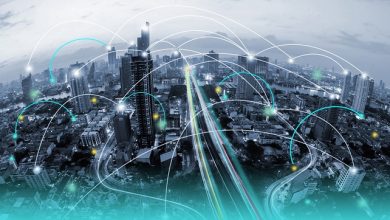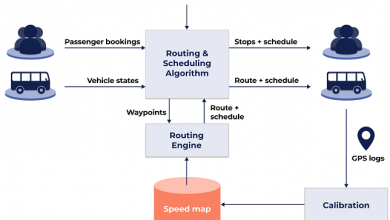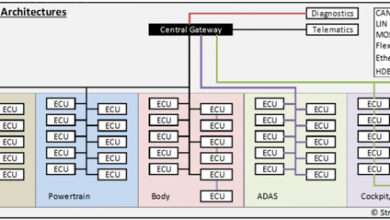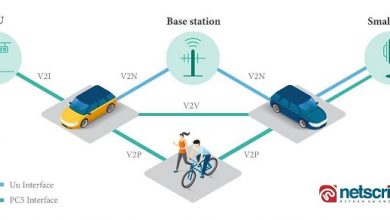Path toward vehicle autonomy may be longer but will be fruitful
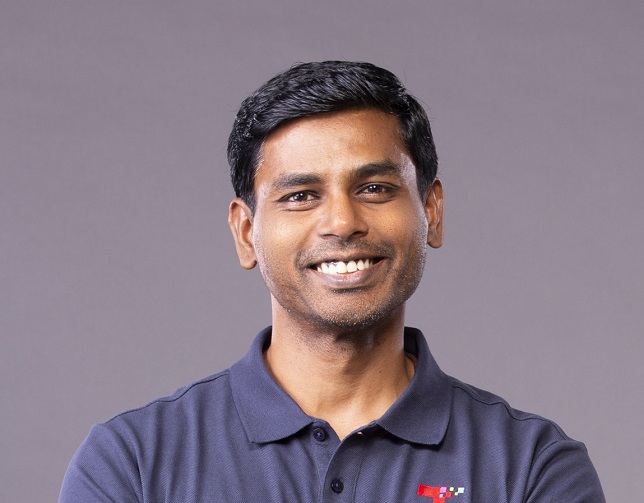
Excerpts from discussion with GK Senthil, CEO, Toyota Connected India. He is a hands-on technology leader with versatile experience in software based product development and operations. GK has been a part of Toyota Connected North America in USA since its inception and moved to India mid-2019 to be a part of Toyota Connected India.
Can you share your views on technological change or transition in the automotive landscape over the last decade?
Certainly! Change in the auto industry has accelerated over the last few years, with the need for sustainability, safety, hyper-personalization, and assistive technology as a priority. Moreover, we step into an era where connected mobility is not just a requirement but an experience consumers crave.
These priorities are being accelerated by adapting an ecosystem play with tight integration to vehicle hardware over the provision of the individual or siloed apps and services as was the trend in the initial days. This is not just from the perspective of Connected services, but the entire lifecycle of vehicles like manufacturing, sales, service, and the “used car” life beyond the first buyer.
What might significantly impact this transition? Marrying predictive, AI/ML-based technology to provide contextual services for efficient, eco-friendly, convenient, and safe driving, if not fully autonomous is the transition that we have already started experiencing – this should accelerate quite steadily in the next few years.
In EVs, we must innovate around Smart and flexible charging and energy management systems to ensure sustainability.
How do you see the in-vehicle infotainment system/device evolving in the coming years?
Moving forward, it is better to think about the cockpit as a whole rather than the infotainment system in isolation. Advancements in display technologies and increased processor capabilities are now paving way for integrated cockpit systems that display relevant information in concert across instrument clusters and the head unit (and even the heads-up display).
With voice, gesture, and touch controls, sophisticated digital clusters, heads-up displays, wider screens, and tighter integration to vehicle hardware like cameras and other sensors the best safety features and most relevant content for the occupants can be made available.
While smartphone-based Infotainment systems provide convenience and a lower cost option for customers, lack of integration to vehicle hardware limits the capabilities of those systems. It is very critical to have a unified view of the vehicle environment (traffic, weather), vehicle state, and the driver’s inputs (destination, route, music, etc.) to provide the best driving experience.
What are your views about the connected vehicle ecosystem in India?
Though the penetration is quite low, the connected vehicle ecosystem is evolving beyond basic services such as location tracking, emergency management, and remote diagnostic, and convenience services like the remote start. We see the tech being adopted rapidly to efficiently manage a Fleet of vehicles through features such as trip management, fuel accuracy, driver behavior monitoring, and micro-billing systems. With the rising number of electric vehicles, we also see EV connect, charge, and control management picking the pace in India. I expect the integration of the vehicle-connected ecosystem into 3rd party services to advance rapidly in the next few years.
How do you see leveraging data for utmost safety and convenience in the coming years?
Data is of course, the fuel for connected cars. As carmakers, we are optimizing the use of data to drive our customers’ capabilities. For example, given access to the video from vehicle’s camera feed, the infotainment system can tell exactly which of the upcoming turns to take – reducing complexity while improving safety. We can solve host of complex challenges by leveraging AI and ML technologies. Detecting drunk driving, Accurate directions with AR based navigation systems, detecting micro collisions for insurance purposes, determining exact fuel left, understanding driving behaviour etc. are all possibilities to enhance driving and ownership experiences for both personal and fleet vehicles. And these would rely or continuous data streams of vehicle and environmental states, combined with powerful algorithms that are processed mostly on the Edge.
Any product that you would particularly want to talk about?
With our innovation hats on, we set out enhance customer experience at the vehicle dealerships. Leveraging advanced Computer vision algorithms, we developed a product, we call “Gatekeeper”. This AI-based license plate recognition enables dealer associates to quickly identify the incoming vehicle and associate it with appointments for much faster service. It is now live in more than 150 dealerships across India who are quite happy with how this product improves customer service. And as of Dec 2023, we have processed more than 2.3M license plates while extending the solution to even opening the facility gates automatically further reducing manual interventions.
What are your views about the path toward vehicle autonomy?
Over the last decade, most have realized that the dream of a fully self-driving vehicle (not requiring any human intervention) is not as close to reality as we once thought. Despite that, forms of autonomy have come to fruition in several smaller yet useful forms from basic features like adaptive cruise control to advanced conditional automation that has vehicles handling steering, braking, acceleration, lateral control, and navigating intersections! That’s quite exciting indeed.
There have been significant changes in technology strategy where most players are now moving away from long-range lidar to a combination of camera & radar systems (or even adapting additional ultrasonic) thanks to rapid increments in computer vision accuracy over the last few years via advancements in Machine learning techniques.
Automotive giants and start-ups alike are now more focused on solving narrow-range scenarios (like portions of a town, closed-loop shuttles, deliveries, etc.). I believe that’s probably the most viable path since scaled adoptions even in constrained environments provide significant learning to improve the technology which in turn will help solve additional constraints. In essence, the path may be longer than expected but will be a fruitful one to be sure.
Published in Telematics Wire

